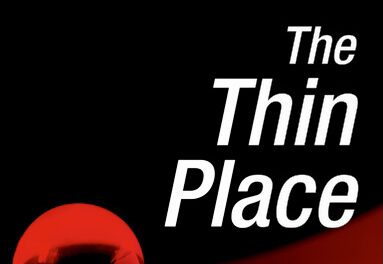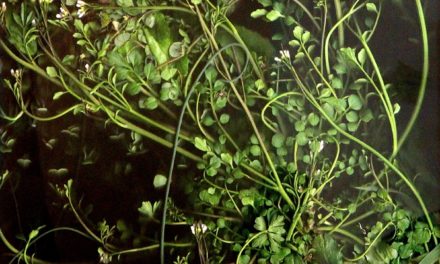Title: Where We Call Home: Lands, Seas, and Skies of the Pacific Northwest
Author: Josephine Woolington
Publisher: Ooligan Press, Portland State University (2022)
By Daniel Buckwalter
It is always good to see the “kids” grow and prosper.
That’s the initial impression I had when reading Josephine Woolington’s first book, Where We Call Home: Lands, Seas, and Skies of the Pacific Northwest. The writing is relaxed and mature with an intuitive sense of wonder for so much that we take for granted in our region, all mixed with the journalistic drive with which I remember her best, getting at the depths of the subjects that fill the 10 essays that comprise the book.
Woolington, who lives in her native Portland, once was a reporter for The Register-Guard, straight out of the University of Oregon School of Journalism. That’s where I — and many others — came to admire her talents. She was, and continues to be, relentless in giving flesh to the framework of the subjects in front of her and write with a touch of grace.
Where We Call Home will be released in November, and I would encourage everyone to pick up a copy, shut down the outside noise momentarily, and reunite with the seasonal majesty of the Northwest, how everything is intertwined with humans, and which Woolington treats with intimate care.
“Until a few years ago, I didn’t pay much attention to what kinds of birds visited my backyard or what types of trees lined my neighborhood’s streets,” she writes in the introduction. “I didn’t think much about how Portland’s Tualatin Mountains had formed from ancient basalt flows that now give the rich the best views in the city. I didn’t know how long Wy’east, who we now call Mount Hood, has watched over the valley. I didn’t know the names of the many Native tribes and bands, like the Kalapuyans of what we call Willamette Valley, who were forced to give up their land and culture for people like my great-grandparents. I knew next to nothing about their relationships to native plants and animals.”
It is the overlooked and often ignored small treasures that make the PNW the beautiful place it is, and Woolington — whose nightclub singing in the Portland area had to take a back seat during the COVID pandemic darkness — was wise to make constructive use of the down time with the essays in Where We Call Home.
“These essays are my attempt to tell natural histories of ten native species in the Northwest, defined mostly as Oregon and Washington,” she writes. “I selected each species based on my own interest, but also their ability to tell broader stories of landscapes and people.”
Starting with the spring season, Woolington studies the lives and histories of the Camas, the Sandhill crane and the Yellow-Cedar.
The summer months bring the Western bumble bee (“Two decades later, and I’m still terrified of bees,” Woolington confesses in the essay. “I’ve had my share of horror stories, too, in my defense.”), along with the Coastal Tailed frog, huckleberry and the Olympic Marmot.
The fall season (“a sentimental season for me,” she notes) brings essays on moss and clouds, and the winter essay is on the gray whale, found typically in the North Pacific Ocean and a glorious sight.
Again, Where We Call Home is a wonderful book to sit down with in the stormy weather months to come.
It’s good to see Josephine Woolington writing again, too.
Pre-release statement from the author, Josephine Woolington:

Journalist, musician, and now book author Josephine Woolington
Most of you all know me as a musician, but I’m also a writer and journalist, and during the pandemic when the music world shut down, I felt inspired to get back into writing. I wanted to write a collection of essays about Pacific Northwest plants and animals that explored their natural and cultural history, while also addressing new science and current information about them.
When I’m not teaching or playing music, I’m often outdoors, and during the pandemic, I felt inspired to learn about native plants and animals and how local development, logging, fire suppression, commercial hunting, climate change and the removal of Indigenous peoples from their lands threaten plants, animals and people. I interviewed more than 50 scientists, artists, historians, and anthropologists, including scientists, leaders and artists from the Confederated Tribes of Grand Ronde, Haida Nation, Yakama Nation, and the Makah Tribe to tell stories of camas, yellow-cedar, huckleberries and gray whales, among others.
I’m so excited to say that the idea turned into my first book, Where We Call Home: Lands, Seas, and Skies of the Pacific Northwest, which will be published by Portland State University’s Ooligan Press next month, on November 15, 2022. I’ll be speaking about the book at Powell’s downtown store that day, Nov. 15, at 7 p.m. with my illustrator, Ramon Shiloh, who is also a local artist, author and food sovereignty activist. Author and acclaimed journalist Michelle Nijhuis will moderate the conversation, and I am s0 honored to be in conversation with her and Ramon. I would be so grateful if you could join. Here is a link with information about the event and the book, which is available for pre-order now at most bookstores: https://www.powells.com/book/where-we-call-home-9781947845367/1-3
Additionally, I’ll be speaking at Village Books in Bellingham on Nov. 19 at 7 p.m., and Third Place Books at Ravenna in Seattle on Nov. 21 at 7 p.m. If you know anyone in those cities, I would greatly appreciate it if you could help spread the word. I’ll also be in discussion with local author Kristen Thiel at Portland’s Literary Arts on Dec. 8 at 7 p.m. about both my book and hers.
Thank you all so much for reading and for your support over the years!
Josephine








